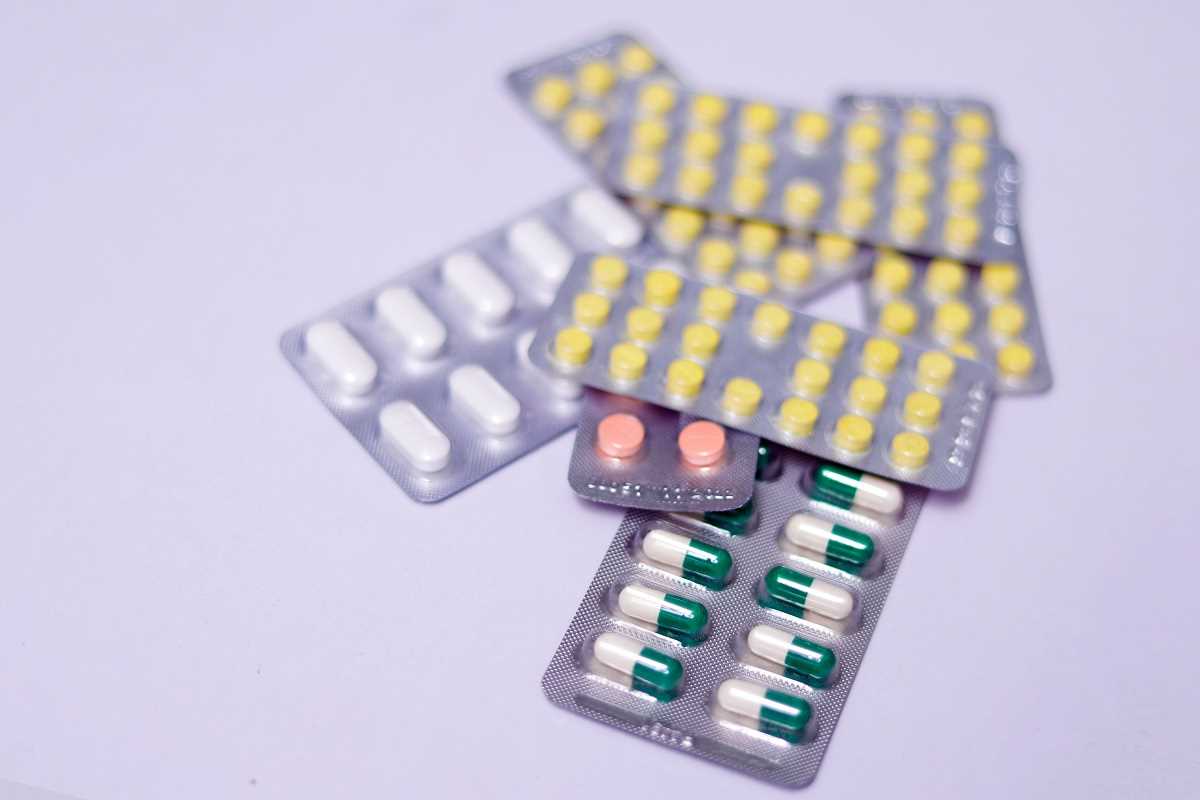Managing diabetes has long involved careful monitoring and insulin administration. For decades, the tools have remained largely the same, but a new wave of innovation is on the horizon. Technology is transforming diabetes care, promising a future where managing blood sugar is not only easier but also more integrated into daily life. These advancements aim to reduce the burden of diabetes, offering more freedom and peace of mind.
Imagine a world with smarter insulin delivery, automated systems that act like an artificial pancreas, and devices that simplify your routine. This future is closer than you think. Let's explore the exciting breakthroughs in insulin technologies that redefine diabetes management and empower you to live a fuller, healthier life.
Smart Insulin Pens: A Digital Upgrade for Daily Doses
For many people, insulin pens are a familiar and reliable tool. The next generation of these devices, known as smart insulin pens, brings them into the digital age. They look like the pens you already use, but are equipped with technology that makes managing your insulin doses simpler and more accurate.
A smart pen automatically records the time and amount of each insulin dose. This information is then sent to a smartphone app, creating a digital logbook without manual entry. This is a practical solution for anyone who has ever wondered, "Did I take my insulin?"
Here’s how they can enhance your routine:
- Dose Tracking: Automatically logs every dose, eliminating guesswork and preventing missed or double doses.
- Reminders: The connected app can send you reminders, ensuring you stay on schedule with your medication.
- Data Sharing: Easily share your dosing history with your doctor, allowing for more informed conversations and adjustments to your treatment plan.
- Dose Calculation: Some smart pens can even help you calculate your dose based on your current blood sugar levels and carb intake, providing valuable support.
Smart pens offer a reliable and user-friendly way to enhance your daily diabetes care.
Closed-Loop Systems: The Artificial Pancreas Becomes Reality
One of the most exciting advancements in diabetes technology is the closed-loop system, often called an artificial pancreas. This is not a single device but a trio of technologies working in harmony to automate insulin delivery. It represents a major leap forward in managing blood sugar levels with minimal effort.
A closed-loop system connects three key components:
- A Continuous Glucose Monitor (CGM): This small sensor, worn just under the skin, measures your glucose levels around the clock and sends the data wirelessly.
- An Insulin Pump: This device delivers a steady, customized flow of insulin throughout the day.
- A Smart Algorithm: This is the "brain" of the system, often housed in the pump or a smartphone app. It analyzes the CGM data and automatically adjusts the insulin pump's delivery rate to keep your blood sugar in range.
This technology significantly reduces the mental load of diabetes management. Instead of constantly checking your glucose and calculating doses, the system does much of the work for you. It helps prevent both high and low blood sugar, especially overnight, leading to better sleep and more stable energy levels during the day.
Implantable Devices: Long-Term Solutions for Insulin Delivery
While pumps and pens have improved convenience, researchers are working on even more seamless solutions. Implantable insulin delivery devices aim to provide a long-term, "set it and forget it" approach to managing diabetes. These small devices are placed under the skin during a minor procedure and can hold a multi-month supply of insulin.
The potential benefits are powerful:
- Unmatched Convenience: Eliminates the need for daily injections or managing an external pump, offering true freedom from the daily tasks of insulin administration.
- Consistent Delivery: Delivers insulin with exceptional precision directly into the body, which can lead to more stable and predictable blood sugar control.
- Discreet and Comfortable: Once implanted, the device is virtually invisible and doesn't interfere with activities like swimming or sports.
While still in development, implantable devices represent a practical and empowering future. They could one day offer a way to manage diabetes without the constant physical reminders, allowing you to focus more on living your life.
Challenges and What to Expect
These new technologies are promising, but it's important to have a balanced perspective. There are still some challenges to address as they become more widely available.
- Cost and Accessibility: New technologies often come with a high price tag. Ensuring they are affordable and covered by insurance will be crucial for widespread adoption.
- The Learning Curve: While designed to be user-friendly, adopting new devices like closed-loop systems requires training and an adjustment period.
- Technology Isn't Perfect: Like any technology, these devices can have glitches. Users will still need to know how to manage their diabetes manually as a backup.
Despite these hurdles, the progress is undeniable. These innovations are not just about better numbers; they're about improving your quality of life. They offer the potential for more time spent enjoying activities, less time worrying about blood sugar, and a greater sense of control over your health.
 (Image via
(Image via.jpg)





